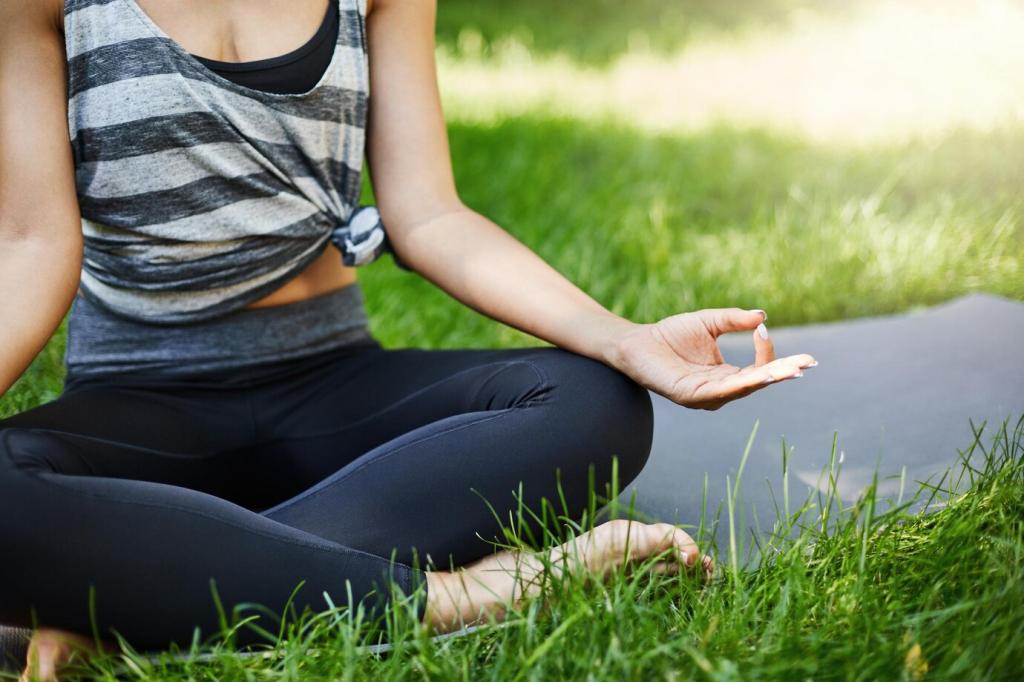Mindfulness in Motion and Nature
Choose a quiet corridor or sidewalk. Walk a bit slower, feeling the heel strike, foot roll, and toes lift. Match steps to gentle breaths. When thoughts rush, name them kindly and return to sensations. Even five mindful minutes can reset your mood between meetings. Where did you try it today—office, park, or kitchen?
Mindfulness in Motion and Nature
Step outside and find three greens, three textures, and three sounds. Let your gaze soften, widening peripheral vision. This signals safety to the brain and downshifts stress. If outside isn’t possible, use a plant or open a window. Share a photo or description of one calming detail you noticed.









